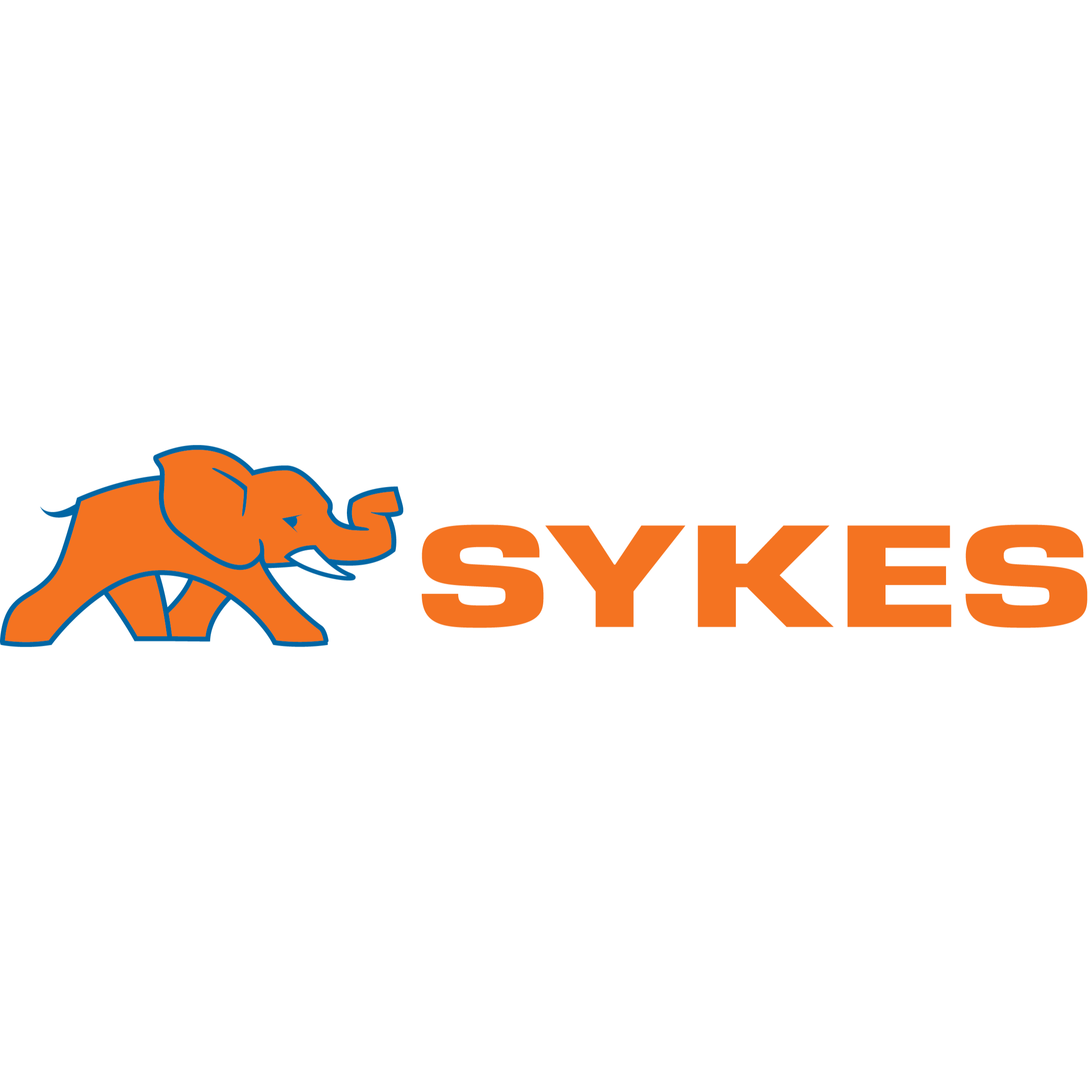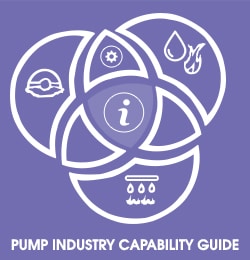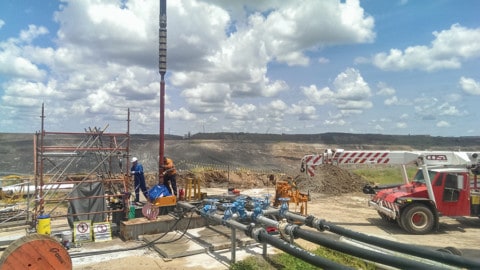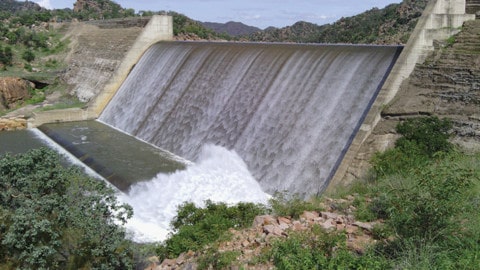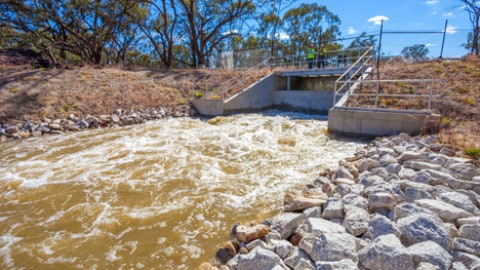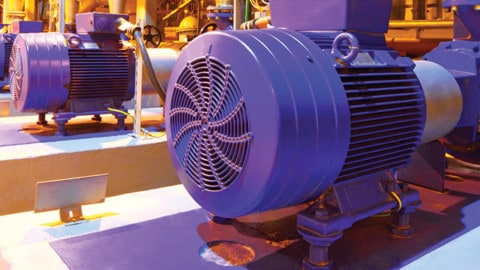The PIA’s Australian Pump Technical Handbook is a cornerstone text for the Australian pump industry and, in our opinion, a must have for anyone who deals with pumps on a regular basis. In this ongoing series, we feature abridged chapters from the classic book to showcase the various areas covered and to reacquaint readers with the technical aspects of pumps. In this issue, we go into detail regarding selecting and applying different types of slurry pumps.
Australia’s very active mining and mineral processing industry has led to the local manufacturing and importation of a wide range of slurry handling pumps.
In mining operations, slurry pumps are used to transport the target minerals and overburden to plants which use a system of wet separation. After crushing and screening, the mineral is usually milled before being transported for further separation. This process requires a large volume of slurry to be transported across often long distances. Once this process is complete, the tailings are usually disposed of via piping systems to the tailings dumping site.
Special designs are also available for handling froth in the separation process.
Slurry pump selection is a complex process and requires close cooperation between the pump manufacturer and the end user as the medium to be pumped and the pump operating conditions are extremely important to the correct pump selection.
This article will outline the basic principles involved in selecting the right pump for the job, and will look predominantly at centrifugal slurry pumps.
Centrifugal slurry pumps
Centrifugal slurry pumps are typically used in mineral extraction process plants, and are designed to handle abrasive solids mixed with a carrier fluid.
Slurry pumps often operate 24/7, and in severe conditions the wear life of wetted components can be up to two to three months.
Since excessive wear would be generated on the inter-stage passages of a multi-stage slurry pump, they are invariably single-stage equipment.
Both horizontal and vertical shaft configurations are available, with transmission of process slurries around a plant usually handled by horizontal pumps, while vertical pumps are used in sumps and generally have a cantilevered shaft so that all bearings are located above fluid level.
Slurry pump service class
The service class is largely dependent on the nature of the slurry being pumped. A service class chart can be used to get an indication of the expected wear rate of the major wetted components.
The chart is based on aqueous slurries of silica-based solids (Specific Gravity = 2.65), and can be used to provide guidance for mineral slurries if the SG for the slurry is used to determine the severity of service for a slurry pump.
For non-silica materials, the equivalent SG can be found by applying an abrasivity correction factor to the slurry SG and to the d50 particle size, which is the screen that 50 per cent of particticles would pass through.
Slurry pump selection
Slurries are often very abrasive and may contain large solid particles. This makes wear life and the ability to pass these large solids key considerations in pump design and application.
Wear can be controlled by proper pump selection based on the application details provided by the user, and is related to the velocity between the pumped slurry and the pump. For pumps in more severe services to have a satisfactory life, liquid velocities should be reduced.

Table 1 provides recommended service limitations for different service classes that, when coupled with proper design and selection, can result in acceptable wear rates.
In Class 4 service, high rotational speed of the impeller may lead to high wear in the impeller front sealing area and on the suction liner adjacent to it. Some designs allow for the clearance between the impeller face and suction liner to be adjusted to compensate for any wear that occurs so that the desired hydraulic performance can be maintained over time.
Experience has shown that the impeller rotational speed should be kept as low as possible for pumps handling abrasive fluids. Wear will vary approximately as the cube of the speed and with particle concentration.
Rubber-lined pumps are limited to lower impeller peripheral speeds because pressure fluctuations from the passing impeller vanes may cause internal heating due to the deformation hysteresis of the rubber. Increasing pressure fluctuations would eventually lead to degradation of the rubber polymer structure.
When operating conditions or other considerations require longer component life, the peripheral speeds should be lowered, noting that wear life would be approximately doubled by a 20 per cent drop in pump rotational speed.
Even the largest, most robust pump running at slow speed may still experience gouging and wear. Where the pump is running compared to its design best efficiency point (BEP) is important. Acceptable gouge-free wear depends, among other factors, on the actual percentage of BEP flow rates experienced during operation, with 100 per cent BEP being the optimum.



